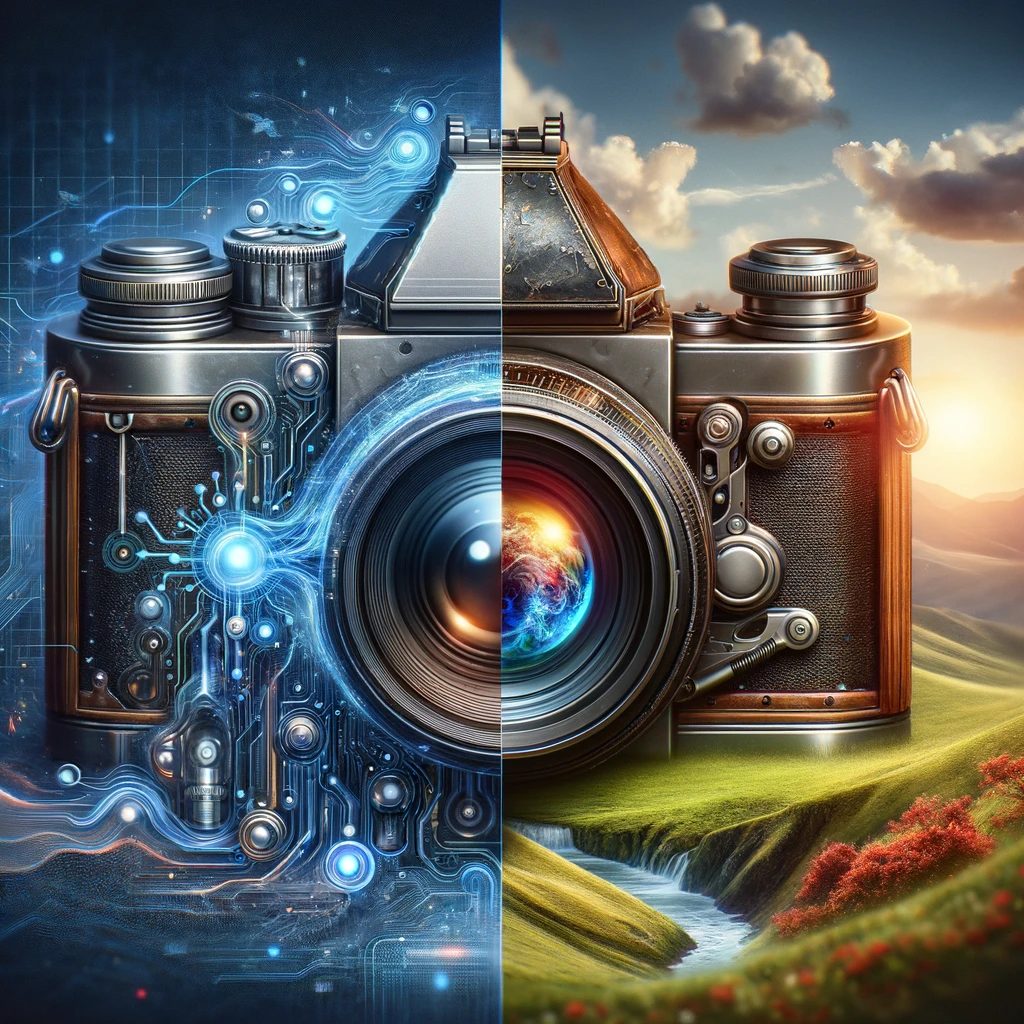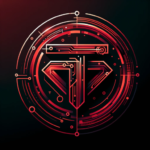
Where Old Meets New: A Visual Representation of AI's Impact on the Art of Photography

Where Old Meets New: A Visual Representation of AI's Impact on the Art of Photography
As a technology enthusiast and considering that little bit of experience gained over the past few years, including using the most cutting-edge AI tools since the release of ChatGPT, today I want to delve into a realm where technology and art merge, creating new paradigms. The recent New York Times article on the future of photography in the age of artificial intelligence raises profound questions for photography enthusiasts like me (and many of you, I imagine). Are we witnessing the redefinition of photography or is it the announcement of its end?
The traditional concept of photography, as defined by John Szarkowski, centers on capturing a moment, a slice of reality. It’s about framing, timing, and a deep understanding of light and shadow. Yet, with AI technologies like Midjourney and DALL-E, we’re not just capturing reality; we’re creating it. These generative AI tools, using sophisticated algorithms, can produce photorealistic images from mere textual prompts, challenging our fundamental understanding of what constitutes a photograph.
As reported in the New York Times article, renowned artists such as Mat Dryhurst, Holly Herndon, and Taysa Jorge, are exploring AI-generated imagery, melding human creativity with algorithmic precision. A prime example of the use of highly sophisticated generative techniques in Midjourney is that of digital artist Nick St. Pierre, who achieves extraordinary results through the technique of additive prompting. This fusion leads to breathtaking, otherworldly landscapes and abstract compositions that stretch our imagination. However, it also brings us to an ethical crossroad. As the lines between reality and AI-generated content blur, the potential for misinformation and manipulation escalates. How do we discern truth in this new visual landscape?
For traditional photographers, there’s an understandable anxiety. Will AI replace the photographer’s eye, intuition, and experience? I argue that AI should be seen as an additional tool in the photographer’s kit, not a replacement. Bobby Doherty‘s transition from hyper-detailed photographs to incorporating AI in his work exemplifies this. AI can augment creativity, provide new perspectives, and even inspire traditional photography methods.
As AI reshapes the photography landscape, it’s imperative for us, as photography enthusiasts and/or practitioners, to develop an educated skepticism. Each image, AI-generated or not, carries the biases and interpretations of its creator, whether human or machine. Understanding this will be crucial in navigating the vast sea of images we encounter daily.
In the context of AI’s transformative impact on photography, it’s essential to acknowledge its broader implications across various realms of visual media. As explored in my previous blog post, Generative Artificial Intelligence (GAI) marks a significant leap in technology, especially in high-stakes scenarios like conflict reporting. This article delves into GAI’s role in shaping information dissemination and public perception during conflicts, highlighting the nuanced influence of AI in modern journalism.
The future of photography in the AI era is not about choosing between human or machine. It’s about collaboration. As AI technologies evolve, they offer us a chance to redefine the boundaries of photography, pushing us to explore beyond the conventional. It’s an invitation to photographers to experiment, to blend their skills with AI’s capabilities, and to create art that’s not just a reflection of reality, but a vision of what could be.
As we stand at this crossroads, it’s clear that AI is not the end of photography, but a transformative force. It challenges us to rethink our definitions, ethics, and artistic expressions. For photography enthusiasts and professionals alike, embracing AI means venturing into uncharted territory, rich with potential and fraught with challenges. But isn’t that what photography has always been about – capturing the unseen and telling the untold stories? Let’s embrace this new era with an open mind and a creative spirit.
